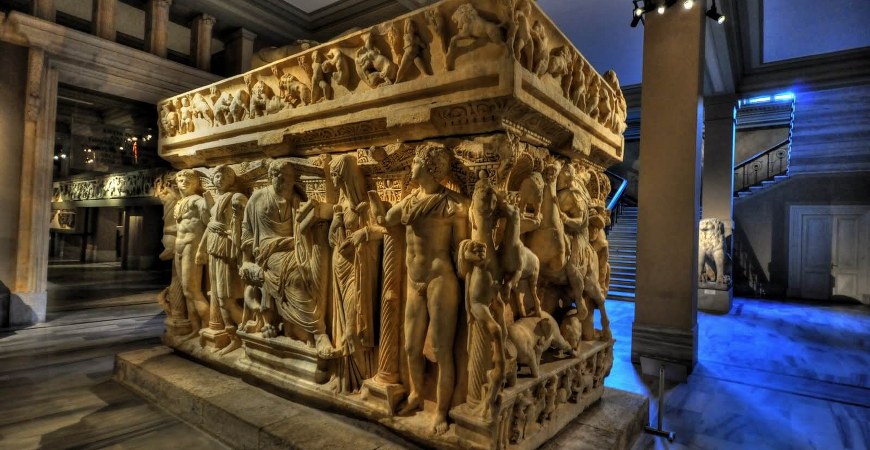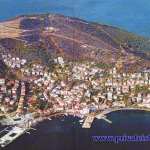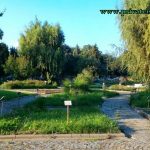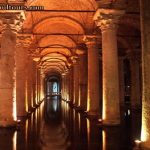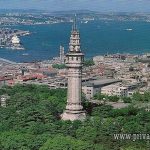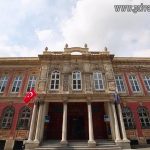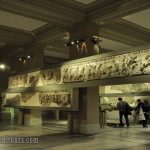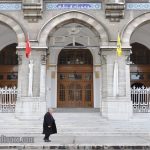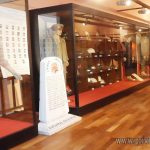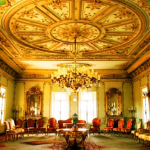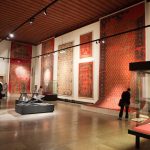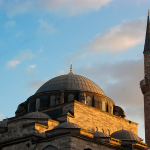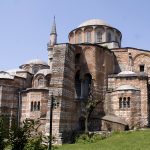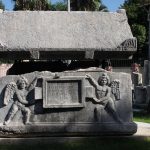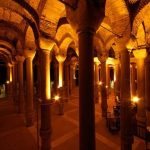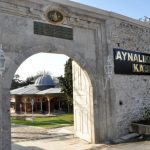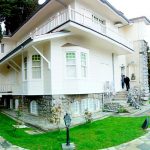Archaeological Museum Sultanahmet in Istanbul,
Today there are three museums associated to the General Directorate of Istanbul Archaeological Museums:
The Classical, Ancient Oriental and Mosaic Museum. Between 1963 and 1973 the Museum of Ancient Oriental Works was reorganized according to modern principles of museum ship, new sections were built, and it was reopened in 1973. A peculiarity of this museum is the fact that the works which it contains were gathered before the First World War. They can be divided into four groups:
a) Mesopotamia: Some of these works were found in excavations, others are chance finds. The products of the Sumerian, Akad, Assyrian and Babylonian civilizations are arranged in chronological order to depict the cultural development of Mesopotamia. There is also an important collection of seals.
b) Egypt: All the works in this section are chance finds, and belong to various different periods. Among them are stone works, wooden sarcophagi, bronze statuettes and tiled grave objects.
c) Anatolia: This section includes Hittite works and a few examples of works from the Imperial period. In contrast, there are a large number of cultural objects from the Late Hittite period, through which it is possible to trace the alterations in the method of royal art at the time. Examples are the Chained City door in the pure style, the Lions of the Chained door influenced by Assyrian style, and the Barrakab bas-reliefs influenced by the Arami. There is an important collection of seals.
d) Arab works: Among the most interesting of the pre-Islamic works dating from various different periods are the stone statues which were used as gravestones. The museum also has one of the world’s richest collections of cuneiform documents numbering more than seventy thousand. The documents, which are on clay tablets are in the Sumerian, Akad and Hittite languages and date from the year 2500 BC onwards.
You will continue to find more details about the Archaeological Museum of Istanbul in Chapter 3.

